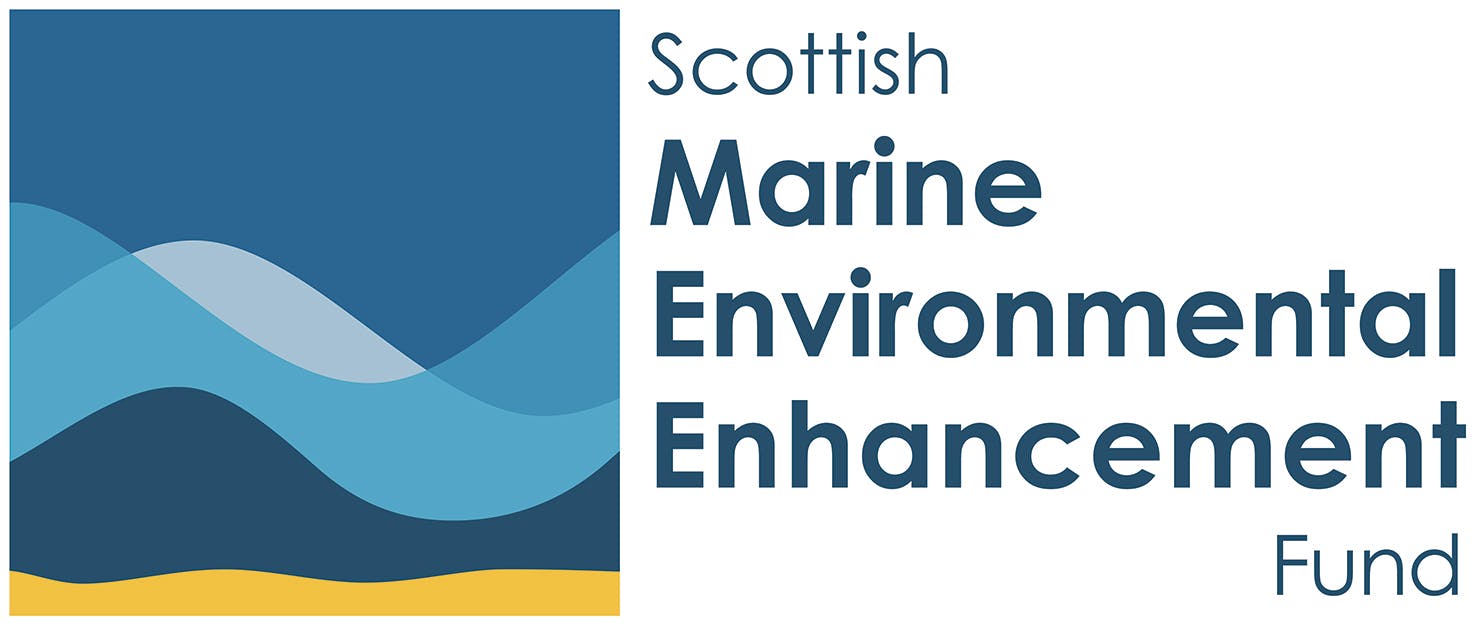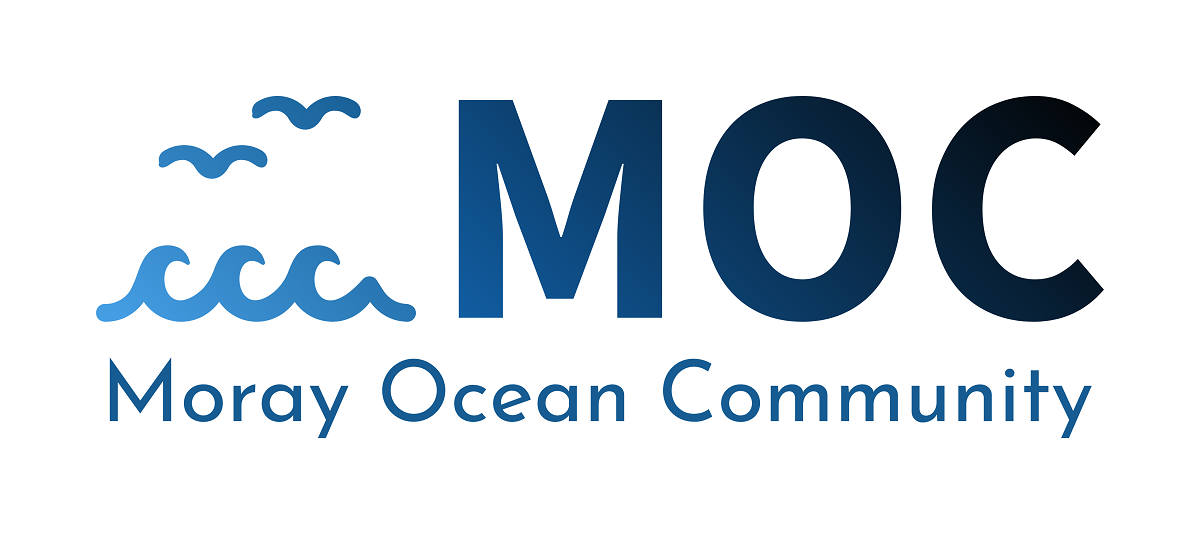- Status: In Progress
The vision of Wilder Firths (Linneachan nas Fhiadhaiche), formerly known as Cromarty Seascape, is for the firths surrounding the Black Isle to be home to a resilient mosaic of biogenic habitats that support diverse and thriving ecosystems. Central to achieving and sustaining this vision are local communities that are connected to and invested in their coastal environment.
Our area of focus
Throughout history people have made their lives around the Cromarty, Beauly and Inverness Firths, whether through fishing, farming, renewable energy or tourism. Whilst the area supports internationally important species such as overwintering pink-footed geese (Anser brachyrhynchus) and bottlenose dolphins (Tursiops truncatus), much has been lost due to human pressures. Native oysters (Ostrea edulis) were once fished in the firths, but are now are believed to be locally extinct. The health status and extent of seagrass beds are not well understood as they are poorly mapped. Other important marine habitats critical for coastal resilience and biodiversity are also at risk from invasive species and changing climatic conditions.
This decline in the natural resources has eroded the bond between the firths and the communities along the shores. Rebuilding resilient and biodiverse marine habitats is an opportunity to not only restore these vital marine habitats but to also mend broken connections between local people, their livelihoods and their sea.
The Native Oyster: A Species of Cultural & Ecological Significance
Densities of the native oysters were once so great that they formed large reefs along Europe’s coastlines. In Scotland, this common bivalve mollusc would have been an integral part of people’s diet. During the 18th century, it was estimated that the oyster reef at the Firth of Forth would produce around 30 millions oysters per year! As an important source of food, oysters were cultivated and fished for thousands of years with records going back to Roman times.
More than just being culturally significant, native oysters can be ecologically valuable when they exist in healthy numbers. Forming living ‘biogenic’ reefs, they provide food and shelter for other marine wildlife. Crevices in the reef make ideal spaces for other organisms such as fish to seek shelter and reproduce. Native oysters also act as biofilters helping to improve water clarity. They filter particles from the water column which assists important light-dependent species like seagrasses. In turn, seagrasses provide ecosystem services such as oxygen production and nutrient cycling. Furthermore, where native oyster populations bounce back, there could be a positive impact on local fisheries. As a habitat for fish and the species they feed on, oyster reefs are capable of creating a ‘spill-over’ effect that could see local economies and livelihoods benefit.
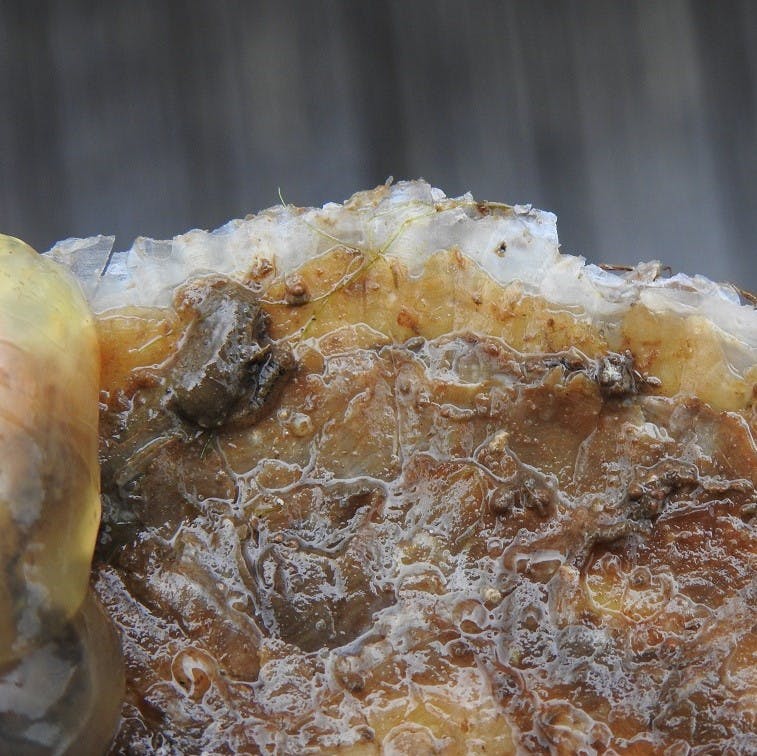
The Struggle for Survival
Today the situation is drastically different from the bountiful populations of the past. They are one of the most threatened marine habitats in Europe. From being present around most of the UK’s coastlines, the species is now considered to be on the brink of extinction, only existing in small, fragmented populations. The threats attributed to this collapse in Scotland are overexploitation for fisheries, pollution/poor water quality (particularly tributyl tin which has been found to stunt growth), parasites, diseases and historic habitat loss. Native oysters require a substrate for their young to attach to and the loss of oyster beds has therefore impacted their decline.
As populations become smaller, their ability to survive is hindered by their very own nature. Instead of using broadcast spawning to reproduce, where eggs and sperm are released into the water at once, female native oysters first draw sperm into their bodies before releasing fertilised eggs. This means where there are fewer oysters together, there is less success of fertilised eggs spreading. Being protandrous hermaphrodites, animals that are born as males but switch sexes during their life cycles, is also known to affect reproductive rates. Skewed sex ratios in favour of males has been reported and is possibly due to stress related to disease and/or anthropogenic pollutants. In addition to these factors, native oyster larvae need a surface to attach to and their favourite is the shells of older native oysters. Lower densities of native oysters mean that there are fewer places for their larvae to latch on to and grow.
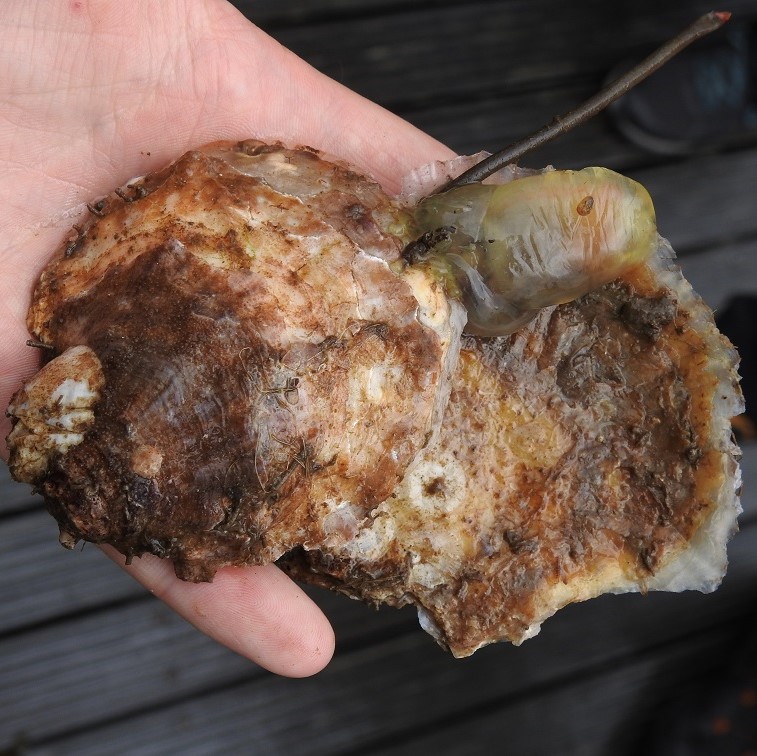
Our native oyster projects
Because of their clear benefits to the ecosystems in which they are supposed to be present, we are working to establish a native oyster nursery in the Cromarty Firth and explore whether they could be successfully reintroduced by assessing site suitability. However, the project is not without its challenges. There have been supply issues throughout the UK for young native oysters known as ‘seed’, and there are also diseases & invasive non-native species impacting the species that need to be considered with biosecurity measures put in place. This is why we plan to explore establishing on-site native oyster spatting ponds.
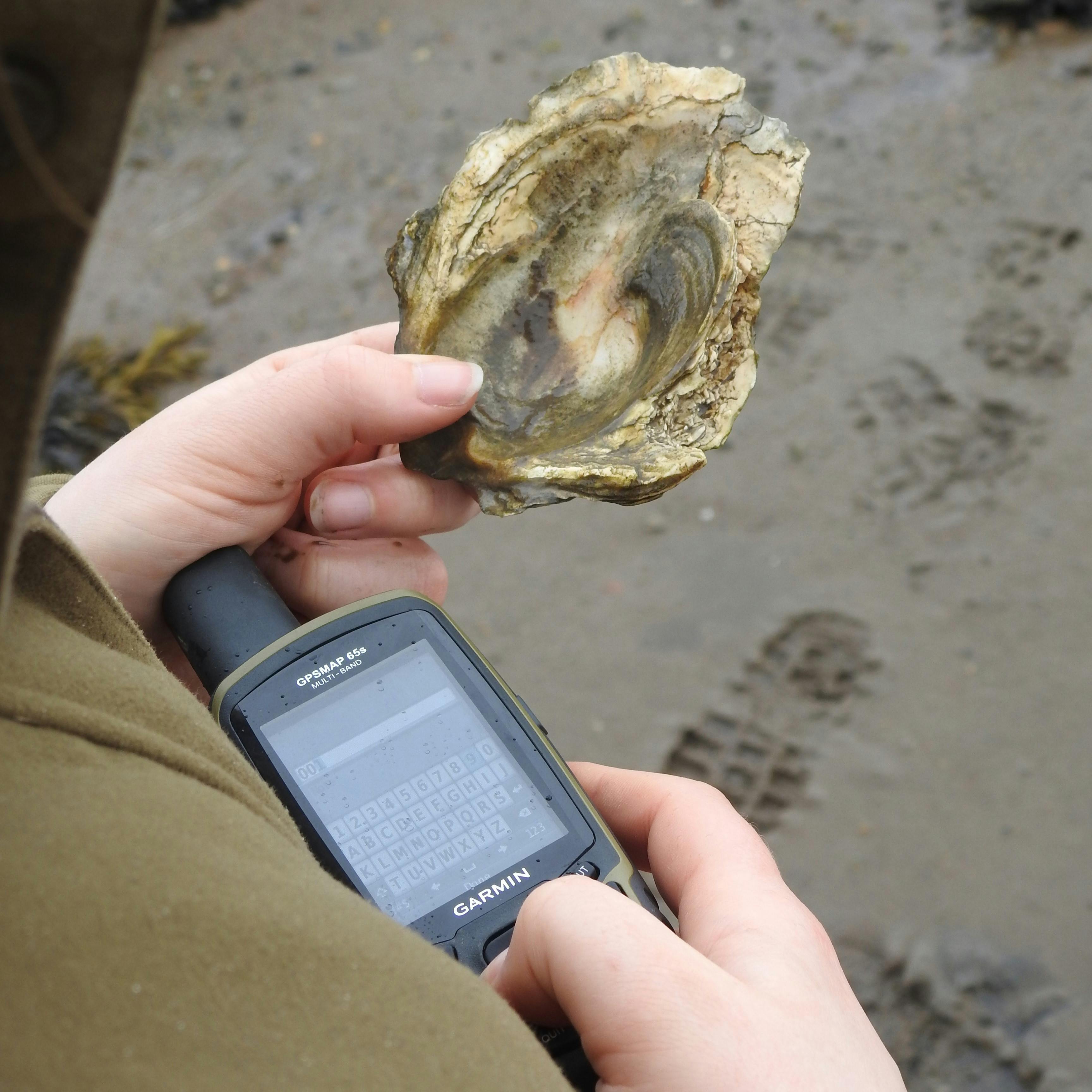
Seagrasses: Valuable but Threatened
Seagrasses might be something that you would more readily associate with the west coast of Scotland or faraway places, but we've sizeable meadows within the project area. Best viewed in Scotland from mid-July to the beginning of September, these mini ecological powerhouses provide habitat for juvenile trout (Salmo trutta) and food for wading birds. They also have a complex root structure that stabilises sediments, prevents soil erosion, and they promote efficient nutrient recycling.
In the 1930s a significant proportion of seagrass in the United Kingdom are believed to have died from a wasting disease, which attacks the leaves and prevents photosynthesis, ultimately killing the plant. Since then, there have been ongoing losses to seagrass extent including since the 1980s primarily due to anthropogenic factors. These factors are known to include pollution from for example industrial, agricultural and wastewater processes.

Knowledge Gaps Within the Project Area
Part of the challenge when it comes to promoting the recovery of seagrass meadows is that they suffer from cumulative impacts, and it can be difficult to identify why losses are happening where they occur. This is why having groups of people from our local area invested in and taking ownership of their local seagrasses is paramount, because there’s nothing quite like local knowledge! Connecting with other local people with various interests has been extremely helpful, particularly those like local shellfish farmers and others with family ties here spanning decades. This is why we are working with local community groups like Moray Ocean Community (MOC) to facilitate volunteer opportunities in the area.
Our team have been mapping the extents of seagrass meadows, as well as undertaking other baseline surveys such as geotechnical analysis of sediments, mycorrhizal investigations and water quality testing. Alongside this, we've undertaken small scale trial translocations of seagrass, all as part of a project supported by the Scottish Government’s Nature Restoration Fund (NRF) that's managed by NatureScot.
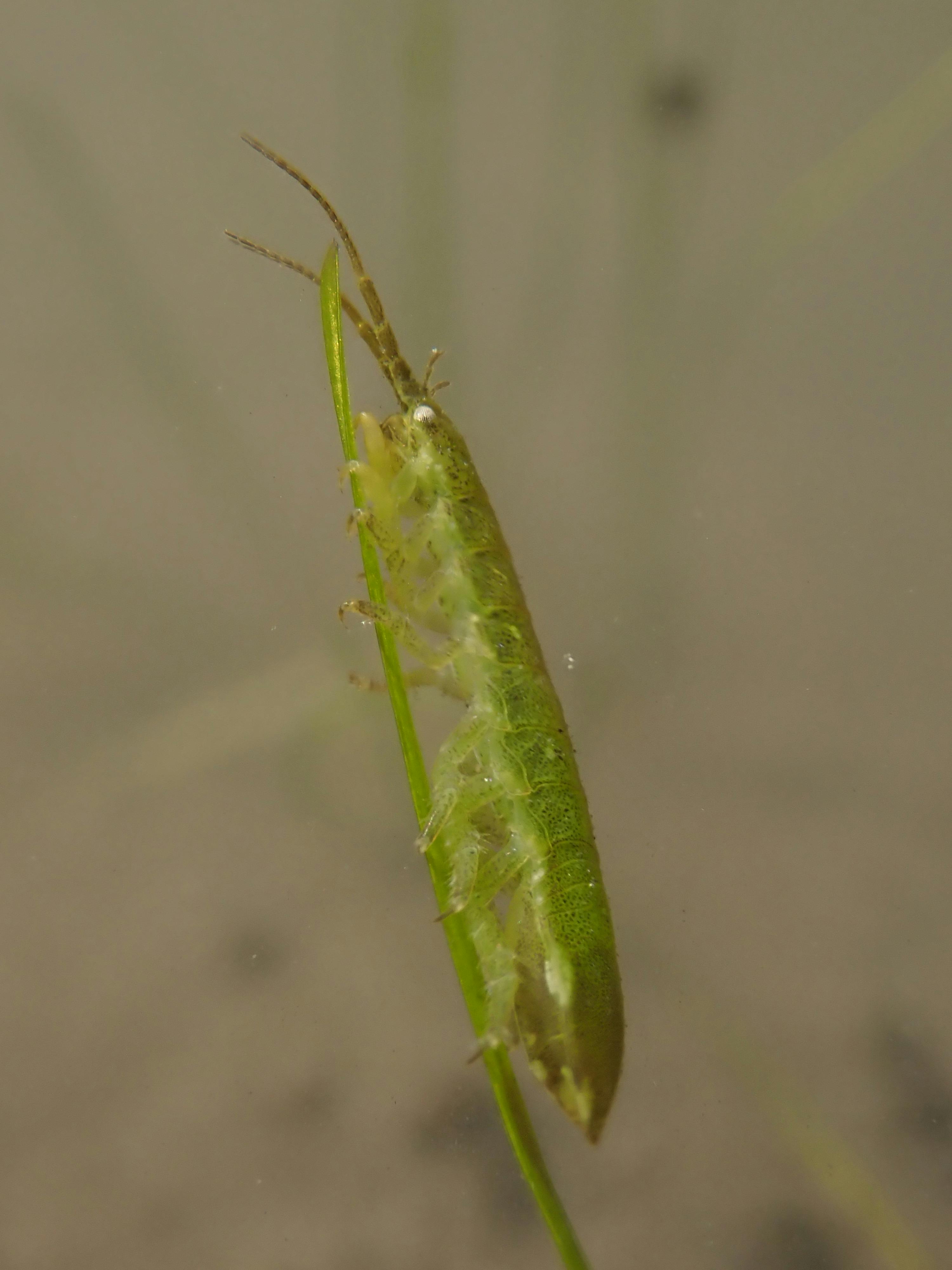
Our seagrass projects
Following extensive baseline and investigative surveys and trial seagrass translocations undertaken in 2024 supported by the Scottish Government’s Nature Restoration Fund (NRF), managed by NatureScot, the delivery of planting 4.2 hectares of intertidal seagrass meadow over three years will be supported by the Scottish Marine Environmental Enhancement Fund (SMEEF), an initiative supported by the Scottish Government’s Marine Scotland Directorate, NatureScot and Crown Estate Scotland.
As well as collecting and planting seed with other members of the local community, the team will trial more experimental approaches such as transplanting seagrass with sediment (coring) and mechanised seed collection and planting. Small scale trials of intertidal seagrass coring, a method previously used by Restoration Forth, indicate that the method could be an effective way to restore seagrass meadows when compared with other methods such as seeding or transplanting bare root seagrass plants. To facilitate these activities, we are also setting up a seagrass nursery at a secret location that we hope to be able to share with you soon!
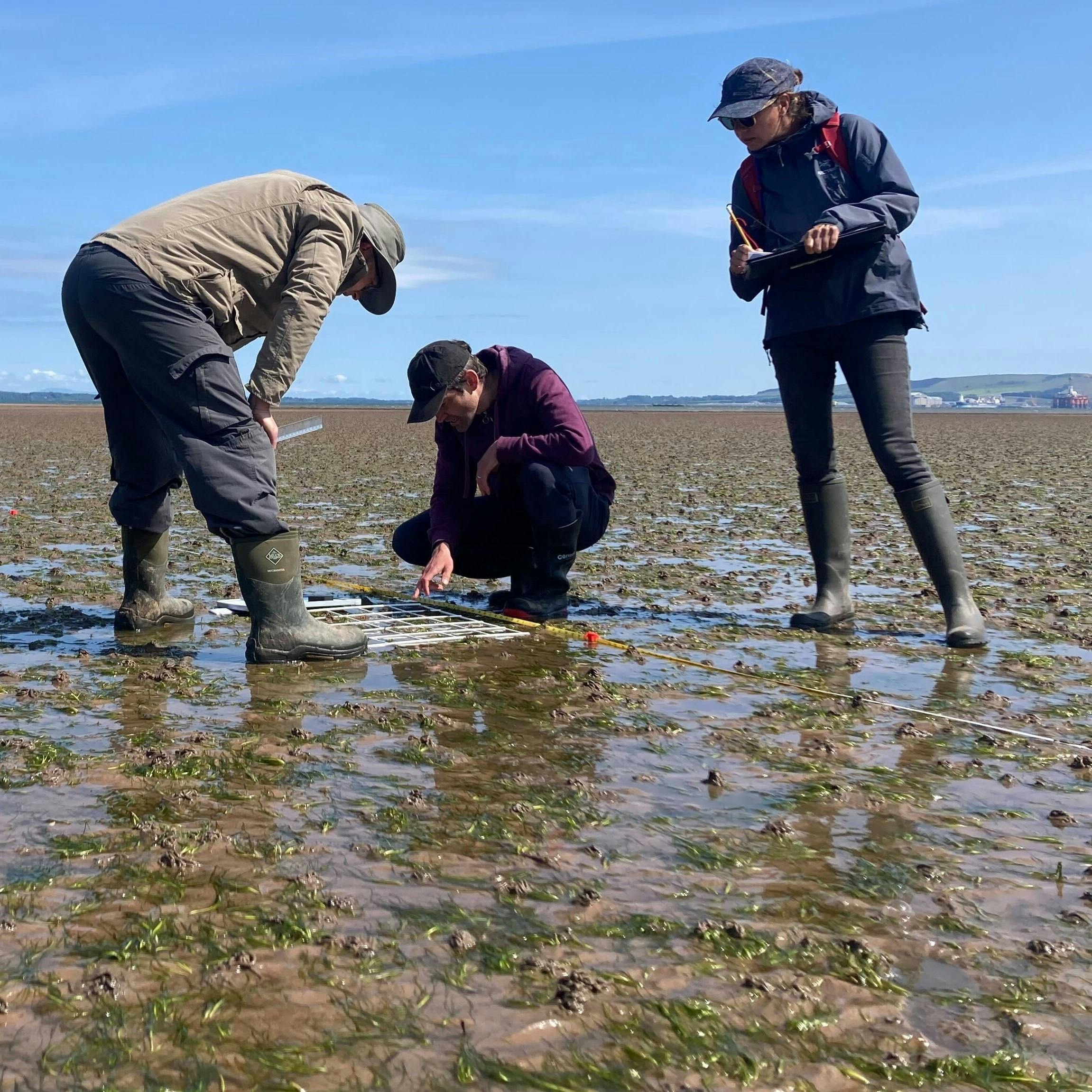
Evidence Sharing
Currently, there is a knowledge gap on native oysters and seagrasses in the project’s area. We intend to help address this by gathering data on species presence/absence, habitat mapping and other survey work. We share our findings directly with Scotland’s nature agency, NatureScot.
We thank Mossy Earth members and everyone else involved in the effort to turn the tide for this section of Scotland's coastline.

New web page coming soon...
Please stay tuned for our new web page which will be live in the coming weeks.
the team behind the project
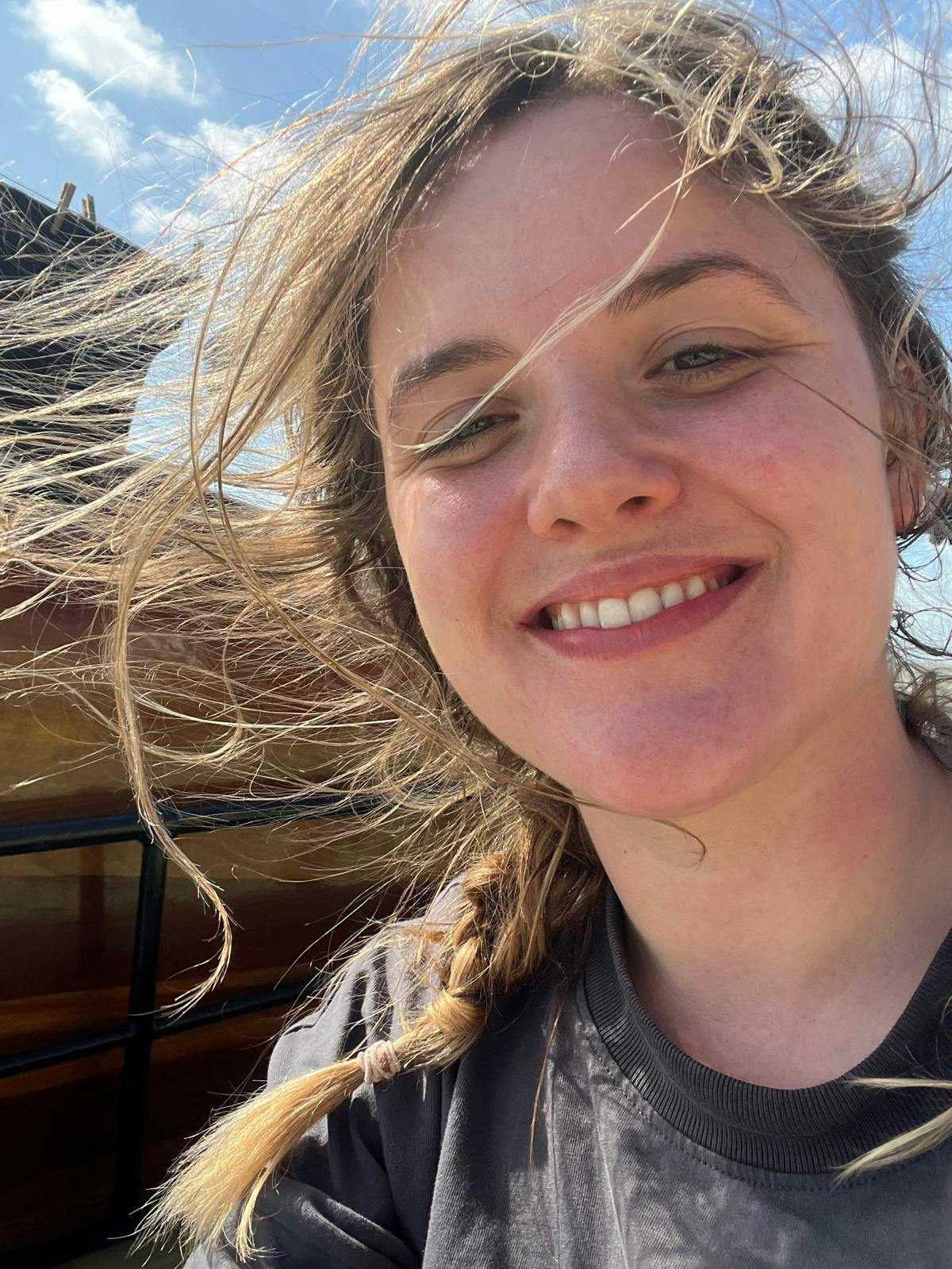
Isla MacLeod, Wilder Firths Project Manager @ Mossy Earth
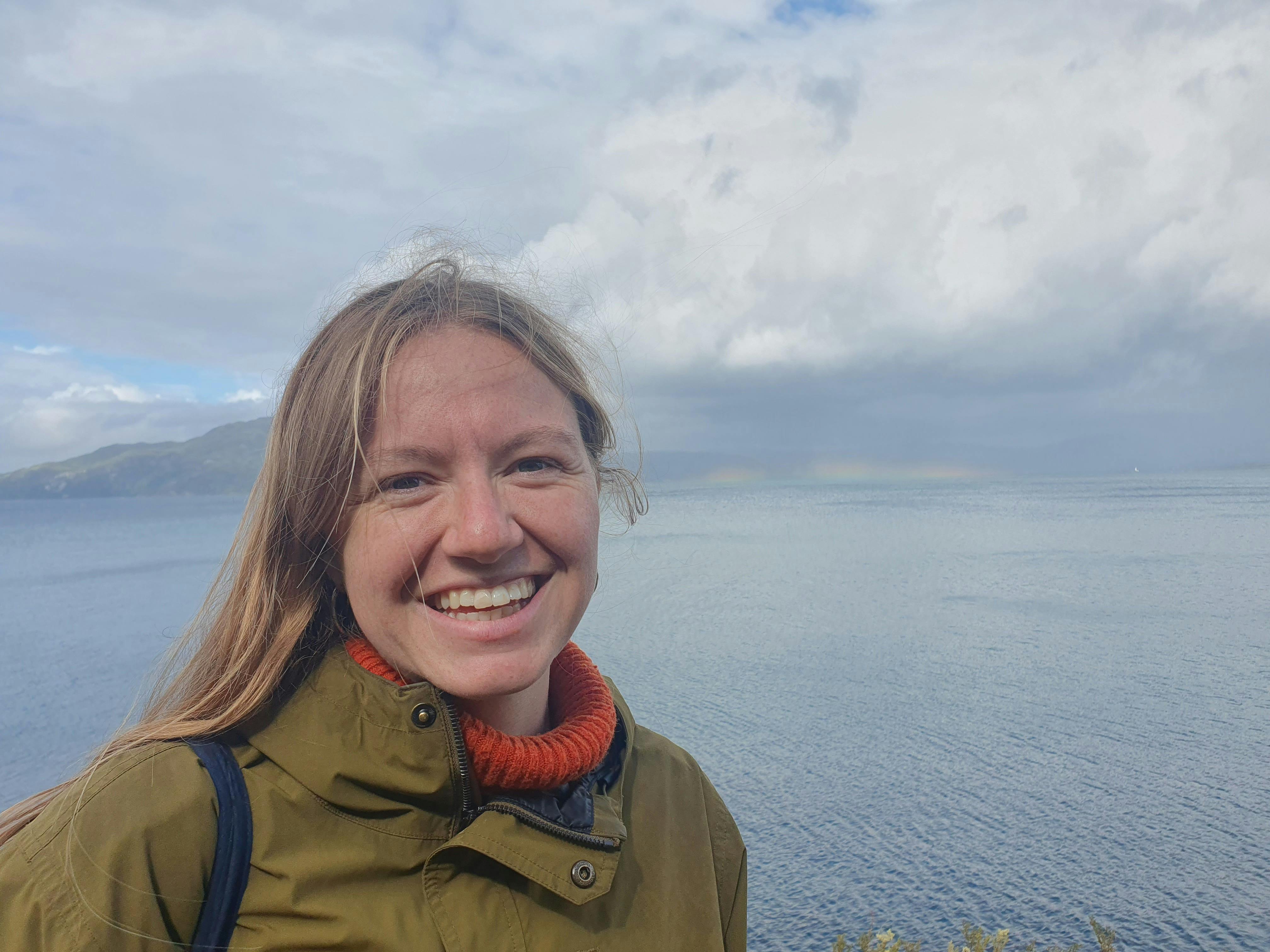
Josie Fraser, Wilder Firths Project Officer @ Mossy Earth
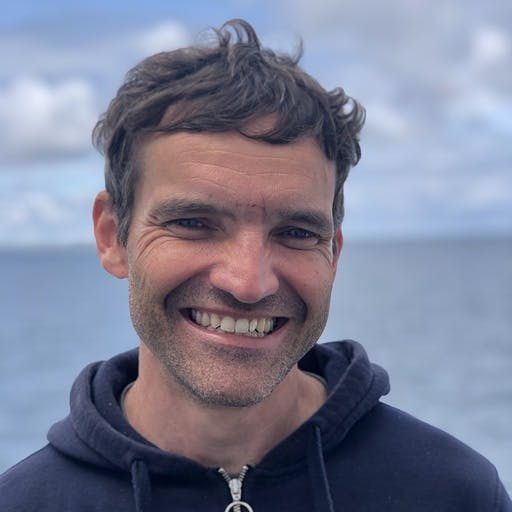
Francis Williams, Wilder Firths pro bono Advisor @ Mossy Earth
Project Supporters
As well as our Mossy Earth members, this project is supported by the the Scottish Marine Environmental Enhancement Fund (SMEEF) and the Scottish Government’s Nature Restoration Fund, managed by NatureScot.
